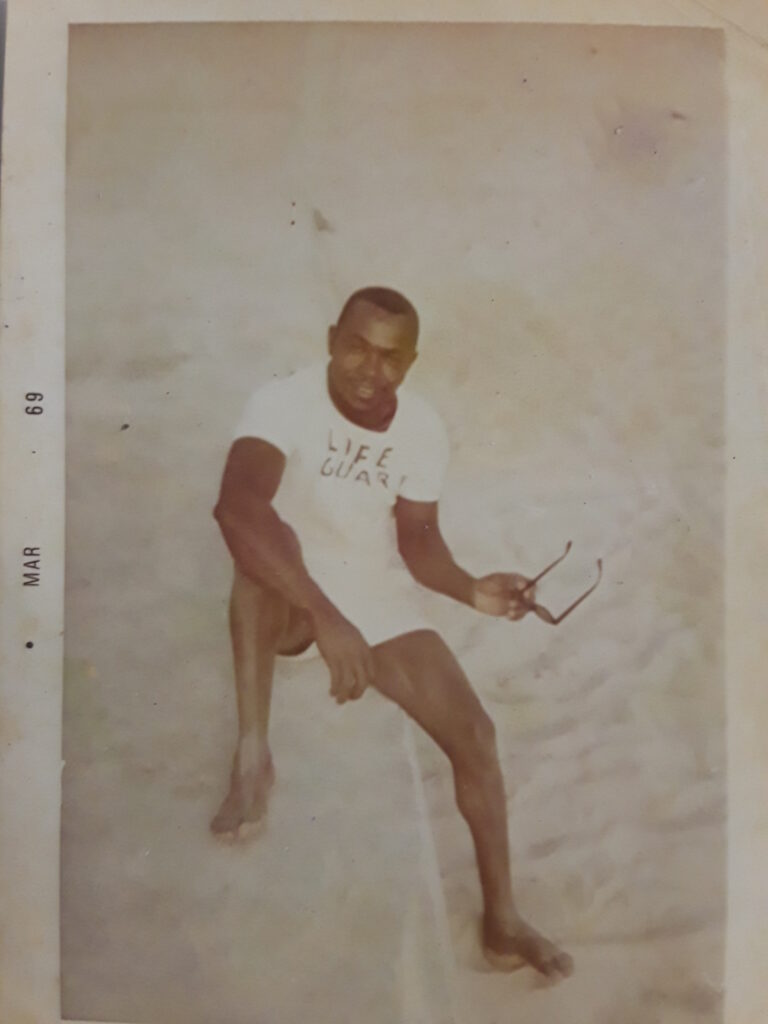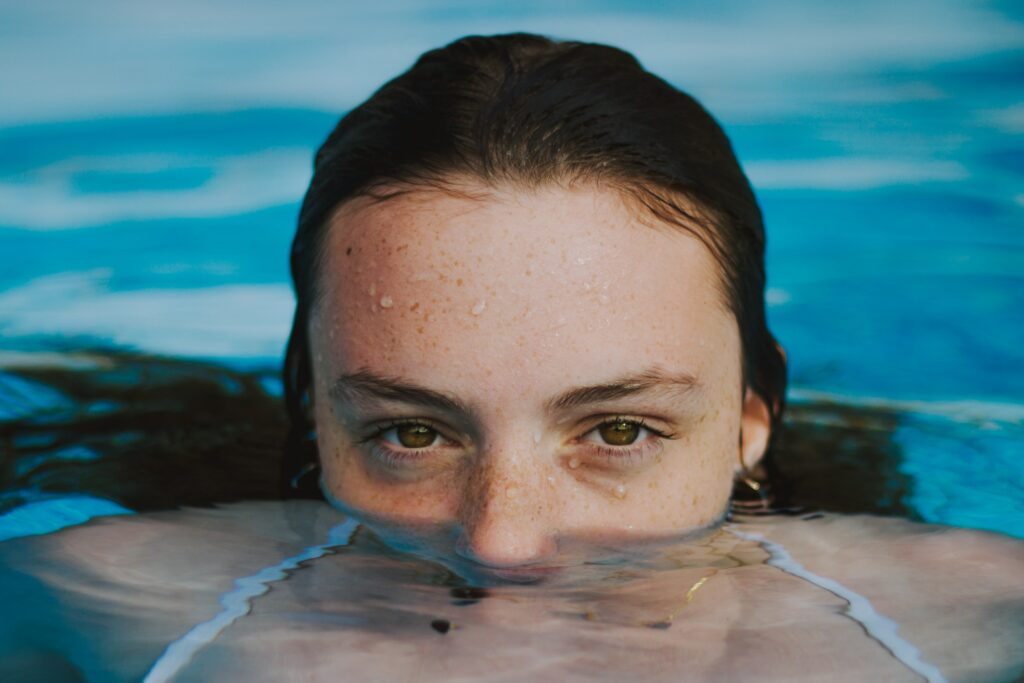“Swimming for Beginners | Can You Swim?” starts with the question, “Can you swim?” This is one of the first questions I ask people I meet. I get a mixed response. It is amazing that many people from the islands do not even know how to swim. Some have no interest.
As a lifeguard and swimming instructor, swimming is and will always be foremost in my mind. I meet people from all over the world, and I’m interested in their lives. I also share about my life with them.
My mission is to introduce them to a fun and fulfilling pastime, which could also save their lives.

Can You Swim? | Learning Is Easy.
Let’s start at the very beginning … my style. That’s a good place to start.
Swimming has many benefits from recreational to medical. Most people, especially those who learn to swim at an early age, was introduced to it mainly for recreation.
Many swimmers later on utilize this as a form of exercise for medical reasons. Others may have been advised to include it in their wellness routine.
Once I’ve established that a person is a non-swimming, my next move is to encourage them to change that status. This is not always an easy task.
Most people are naturally afraid of bodies of water, especially to immerse themselves. Half my job is done when they agree to start swimming lessons.
People who live near bodies of water or on an island in general should see it as critical to learn to swim. It is also good to learn lifesaving techniques. The life you save could be your own or someone close to you.
Let’s Begin | Pre-Swimming Steps
Before allowing a student to enter the water, I establish two basic rules …
- They must listen to me.
- They must be willing to follow my instructions.
It is important to eliminate the fear factor by getting used to the water on their faces. Otherwise, this would be a huge barrier if they are startled by a sudden splash.
The method I’ve used throughout the years has been very effective. And although it’s difficult to convince everyone how important swimming is, I’ve had a high rate of success.
I instruct them to lay face down on the sand in very shallow water. Then they breathe out and hold their breath, close their eyes and mouth.
They lower their faces into the water, keeping it there as long as is comfortable for them. I have them repeat this exercise several times.
After they become comfortable doing that, they are ready to practice simple arm and leg movements in the shallow water. Then they go on to basic strokes.

Next Steps … | Or Strokes.
For the next step, they practice the strokes they have learned so far by swimming across the shoreline. This way, they do not wander out into deeper water. That could be frightening!
I usually do not go into the water with my students until they start swimming.
When their confidence has been built up enough, they are ready to launch out a little deeper. But first, they will learn to float and tread water.
These are two very important techniques that could make the difference between life and death. They can be used when a swimmer gets tired, instead of continuing to swim and run the risk of drowning.
Floating allows them to rest on their back without sinking. Arms are stretched out sideways, feet are together, chin is raised upwards to prevent water from covering the face.
Treading water allows them to stay in a vertical position in one place while moving their arms and legs in a circular or doggy paddle motion.
Different Folks | Different Swim Strokes.
Different swimming strokes would have been introduced during the lessons. Everyone will have a preferred style or styles. The four basic ones are freestyle/crawl, breaststrokes, butterfly, and backstrokes.
Most students are willing to learn all strokes and feel confident enough in applying them. In the end, they will settle with their preferred choice.
Each student learns at a different pace. They are more comfortable when they don’t feel pressured or rushed to perform. Even if they are reluctant at first, in their own time they excel.
Some of my students have gone on to be lifeguards, swimming instructors, or involved in other water-related activities and professions. Quite a number of them never thought they would overcome their fear of water or learning to swim.
My goal is to get them beyond that.
Can You Swim? | Yes, You Can!
At first, learning to swim may seem like an impossible task for many people. It’s a skill that can be learned easily if the student is willing to listen and obey the instructor.
Progress will be at each individual’s pace even in a group setting where everyone starts out with the same basic techniques. The level of trust and comfort will be helpful in the process.
Swimming has many benefits, and the initial fear of water can be overcome with the right approach and technique.
Although several strokes are learned, everyone will have their own personal style. What is your favorite swimming stroke and why? Let us hear from you.
It is fascinating when an individual transitions from being afraid of going into the water to becoming a fearless swimmer and, perhaps, lifesaver.
I would be thrilled to hear from my former students and acquaintances. There are many students from my Sunfish Swimming School.
Please reach out in the comments section below if you have benefited from my instructions or life in general.
Hector George Campbell
If you have any questions or comments, please feel free to leave them below. I will be more than happy to address them.
Veron Lee Campbell | Entrepreneur | The Way 4WordEnterprises